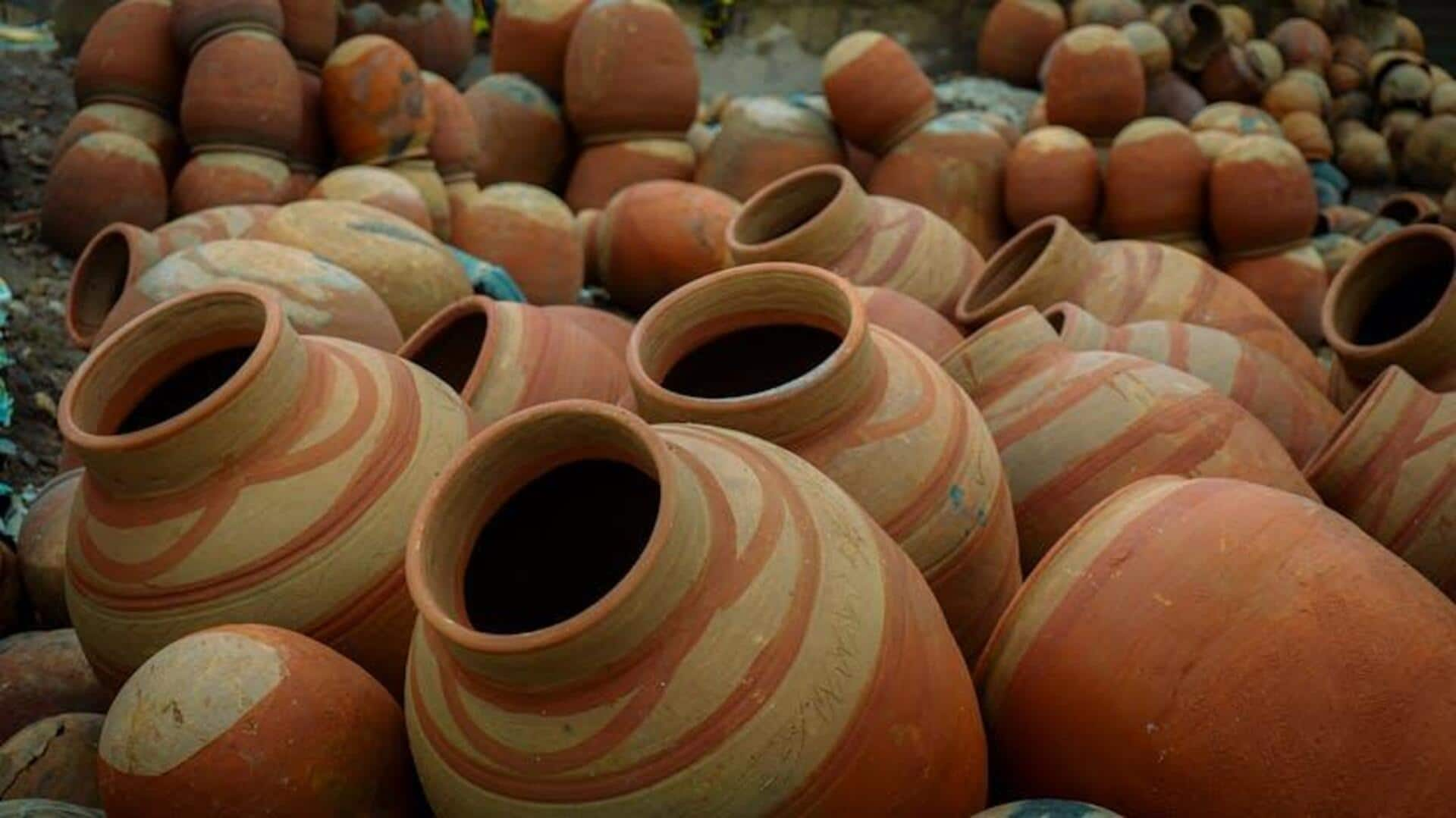
The enchantment of African pottery craftsmanship
What's the story
African pottery is an ancient art form that spans thousands of years and the entire continent.
It entails the molding and firing of clay to produce both functional and decorative pieces.
This craft embodies the vibrant cultural heritage and traditions of Africa's diverse societies.
In this article, we delve into the distinctive characteristics and profound importance of Africa's pottery craftsmanship.
History
Historical significance and styles
African pottery, dating back to before 6000 BC, tells the continent's vibrant history through its unique and varied styles.
Whether in Mali, Nigeria, or Central Africa, each region's pottery is a reflection of its specific materials, traditions, and requirements.
And, Nigeria's Nok culture is renowned for its terracotta sculptures dating back to 500 BC, further emphasizing the long-standing artistic legacy across Africa.
Techniques
Techniques and materials used
The main methods used in African pottery are hand-building, coiling, pinching, and wheel-throwing.
However, many African potters favor traditional techniques such as coiling and pinching, and do not use the potter's wheel.
They use local clays mixed with tempering materials such as sand or plant fibers. These additives help prevent the clay from cracking during firing.
Symbolism
Symbolism in pottery designs
In many African cultures, pottery holds a special place. It's not just utilitarian; it's a canvas for storytelling and symbolism.
Designs often feature motifs that reflect local myths, beliefs, social status, or even proverbs.
For example, in South Africa's Zulu culture, pots are adorned with symbols that communicate messages about marriage or fertility.
Modern trends
Contemporary pottery scene
Today's African potters are doing something special.
By combining age-old techniques with modern aesthetics, they're creating pieces that resonate with both local and international audiences.
Some contemporary artists are pushing the boundaries even further, using pottery as a platform for social commentary or a canvas for exploring identity.
This unique blend of tradition and innovation is making waves, earning African pottery well-deserved recognition on the global art scene.
Collecting
Tips for collectors
For collectors interested in African pottery, understanding the story behind each piece is key.
Authenticity can be gauged by the type of clay used, the level of craftsmanship, and the artist's reputation.
Plus, by purchasing directly from artisans or through established galleries, collectors contribute to the preservation of this ancient art form.